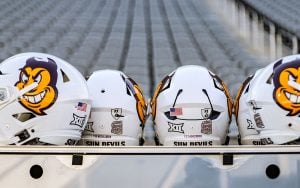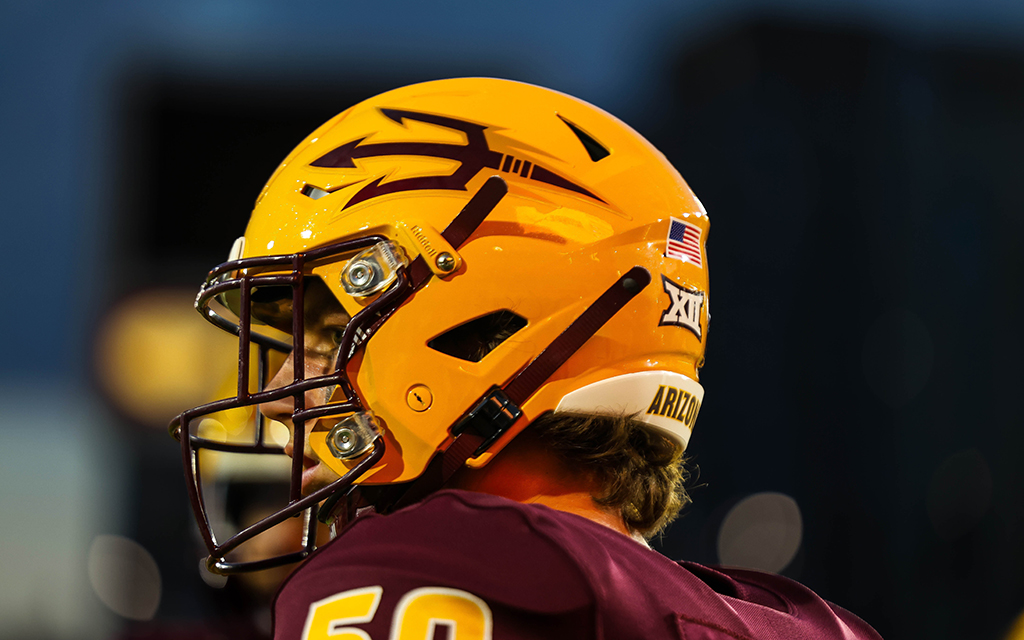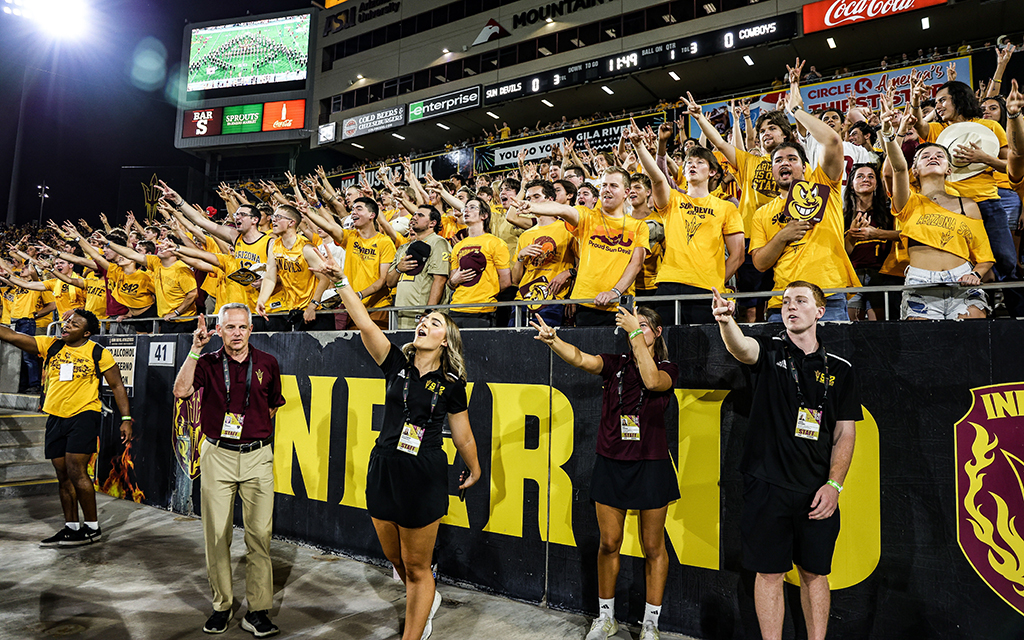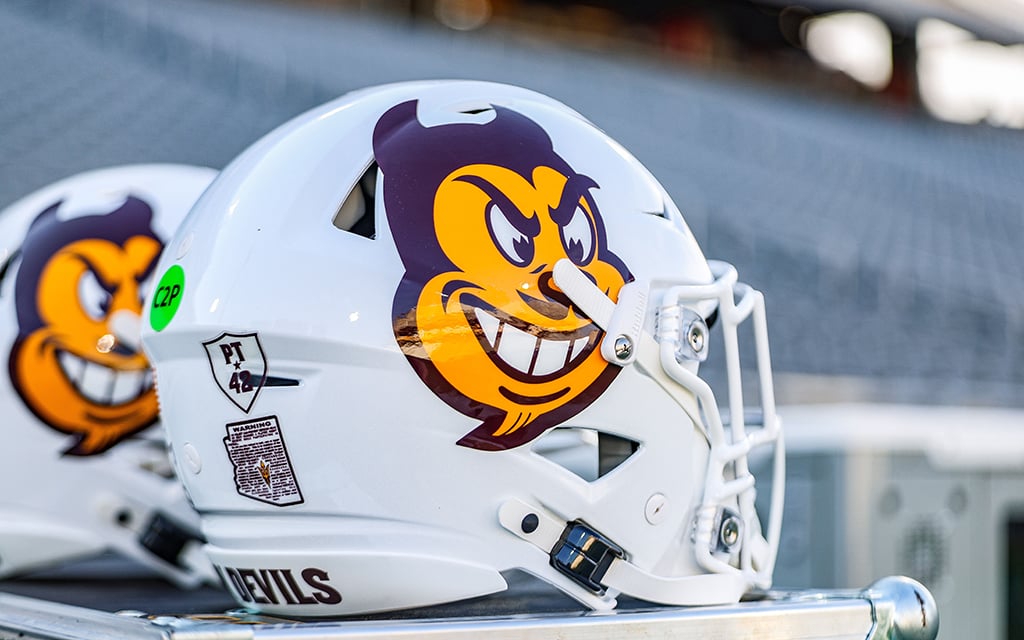TEMPE – From conference realignment to a new 12-team playoff format to coaching changes at some of the nation’s powerhouse programs, the college football landscape has experienced a series of tectonic shifts over the last year.
And in 2024, programs are adjusting to new technology-based rules for the NCAA Division I Football Bowl Subdivision, including coach-to-player wireless communication and access to computer tablets on the sidelines.
While optional for all FBS schools, many – including Arizona State – have implemented the next-level communication technology that has been in use in the NFL to allow coaches to talk to quarterbacks since 1994 and communicate with a player on both sides of the ball since 2008.
Luckily for the Sun Devils, football equipment operations manager Bryan Harrod already knew the ins and outs of the technology.
“I’ve dealt with it for about the past 10 years when I was at the University of Nebraska,” Harrod said. “We used it in practice, so I am very familiar with it. It’s just, now we have more players in it. On defense, we outfit six players with it and three quarterbacks as well.”

The helmet-mounted communication device allows players to receive and relay play calls directly from coaches on the sidelines. (Photo by Spencer Barnes/Cronkite News)
Harrod’s experience allowed the Sun Devils to seamlessly transition to the communication system.
“It doesn’t really change much,” he said.
The rules for coach-to-player communication are relatively simple. Coaches may communicate to one player on the field at a time until the play clock reaches 15 seconds or when the ball is snapped, if it is before the clock runs down to 15.
For ASU, these new responsibilities fall on junior linebacker Keyshaun Elliott and redshirt freshman quarterback Sam Leavitt.
“I think it’s forced me to communicate to the defense a lot more, share the play calls, share the tips,” Elliott said.
A New Mexico State transfer, Elliott has accepted his role as a “coach on the field” for the Sun Devils, a role often reserved for a defense’s best linebacker and best communicator.
“A lot of the time I’m getting the play call, so if not everybody is on the same page that falls back on me,” he said. “(I) definitely have to communicate a lot of the time, even if it’s loud.”
Rather than having himself or his offensive or defensive coordinators flooding the players with information, coach Kenny Dillingham is trying another approach to ensure smooth communication. ASU players are hearing the voice they’re most familiar with in their ear.
“I think one thing that helps us there is the people who get talked to, get talked to by their specific position coach,” Dillingham said. “The verbiage is extremely streamlined.”

Not every ASU player wears a communication-equipped helmet, but those who do carry the responsibility of relaying calls from coaches to teammates. (Photo by Spencer Barnes/Cronkite News)
The decision to allow coach-to-player communication systems came in the fallout of the prolonged Connor Stalions’ sign-stealing controversy during Michigan’s national championship run last season. Stalions, a Michigan staffer, was accused of spearheading a sign-stealing operation at Michigan under former coach Jim Harbaugh.
While sideline signals are still commonplace, many schools, including ASU, position a protective screen around the people holding the signs to protect from potential sign-stealing.
The use of tablets that provide instant access to video during games is another new technological feature allowed by the rules this season.
Now, players and coaches can break down the video in real time on the sideline, something previously allowed in the NFL but not in the college game.
“Instead of the old-school whiteboard where coaches have to write everything down to show the plays and the adjustments, they can actually see it on film,” Harrod said. “I think that’s going to help with the efficiency of the game.”
The Sun Devils, as well as other FBS players using the new technology, will also be more prepared to benefit from the same technology at the next level if they’re good enough to play in the NFL.



